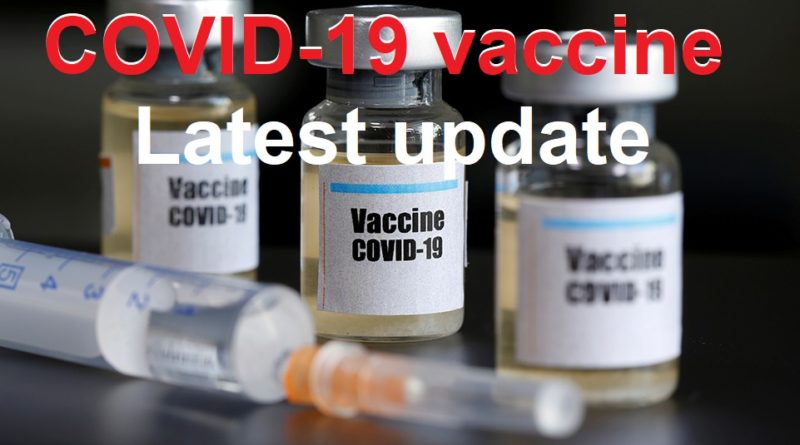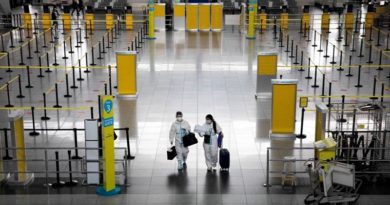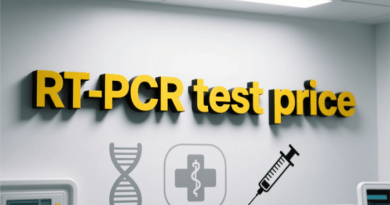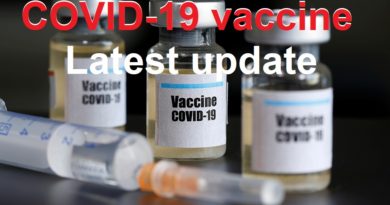Cerebrospinal Fluid Leak After Nasal Swab Testing for COVID
In March 2020, COVID-19 emerged as a global pandemic. Testing for presence of SARS-CoV-2 virus infection is 1 pillar of the global response. In particular, nasopharyngeal swab is 1 of the 5 methods for initial diagnostic specimen collection. However, complications associated with nasal swab testing are not well characterized. Here is the first case of a Cerebrospinal Fluid Leak After Nasal Swab testing for COVID-19, to our knowledge.
FIRST CASE of Cerebrospinal Fluid Leak After Nasal Swab
A woman in her 40 years old, presented with unilateral rhinorrhea, metallic taste, headache, neck stiffness, and photophobia. The patient had recently completed a nasal swab for COVID-19 testing for an elective hernia repair. Shortly after swab collection, she developed unilateral rhinorrhea, headache, and vomiting. This is the first report of CSF leak after a nasal swab for COVID-19.
Conclusion about Cerebrospinal Fluid Leak
This patient had an undiagnosed skull base defect that was present on imaging dating back to 2017. We therefore believe that the swab itself did not result in a violation of the bony skull base, but rather the invasive test caused trauma to the patient’s pre existing encephalocele.
This case of Cerebrospinal Fluid Leak After Nasal Swab testing for COVID-19 illustrates that prior surgical intervention, or pathology that distorts normal nasal anatomy, may increase the risk of adverse events associated with nasal testing for COVID-19.
Proper history taking will reduce this risk. Alternative methods to nasal swab must be considered in patients with known prior skull base defects, history of sinus or skull base surgery, or predisposing conditions to skull base erosion.
doctors have used this case as a warning to the healthcare workers all around the world. Jarrett Walsh, senior author of the paper that appeared in JAMA Otolaryngology-Head & Neck Surgery, said her case showed health care professionals should take care to follow testing protocols closely.
The people who suffer from extensive sinus and and/or have been through skull-base surgery should exercise caution and request fr oral testing instead of nasal swab, Walsh added. This case was published here: October 1, 2020. Doi: 10.1001/jamaoto.2020.3579
Guidelines for Collecting nasal swabs for COVID-19
– A nasopharyngeal (NP) specimen must be collected by a healthcare persons
– Other alternatives for nasopharyngeal: 1) oropharyngeal (OP) specimen collected by a healthcare provider. 2) nasal mid-turbinate swab collected by a healthcare provider or by a supervised onsite self-collection. 3) An anterior nares (nasal swab) specimen collected by a healthcare provider or by home or supervised onsite self-collection.
– Swabs should be placed immediately into a sterile transport tube containing 2-3mL of either viral transport medium (VTM)
Nasopharyngeal swab collection Guidelines
– Only synthetic fiber swabs with plastic or wire shafts, to be used. Calcium alginate swabs or swabs with wooden shafts, are not allowed as they may contain substances that inactivate the viruses and inhibit PCR testing.
– NP swab is the recommended method, unless it cannot be done for any reason. OP (Oropharyngeal swabs) can be an acceptable alternative.
Procedure
1) Insert a swab with a flexible shaft through the nostril parallel to the palate (not upwards – as seen in the image) until resistance is encountered or the distance is equivalent to that from the ear to the nostril of the patient, indicating contact with the nasopharynx.
2) Swab should reach depth equal to the distance from the nostrils to the outer opening of the ear. Gently rub and roll the swab , leave the swab in place for several seconds to absorb secretions.
3) Slowly remove the swab while rotating it.
4) If obtaining the specimen from one nostril was difficult, due to deviated septum or blockage , use the same swab to obtain the specimen from the other nostril.
5) Specimens can be collected from both sides using the same swab.
Further Reading:
- https://www.cdc.gov/coronavirus/2019-ncov/lab/guidelines-clinical-specimens.html
- 10.1001/jamaoto.2020.3579
- Living with COVID-19: Adapting to the New Normal
- The End of the Pandemic: WHO Announces a Downward Trend in Covid19 Cases
- Covid 19 latest updates worldwide: April 2023




